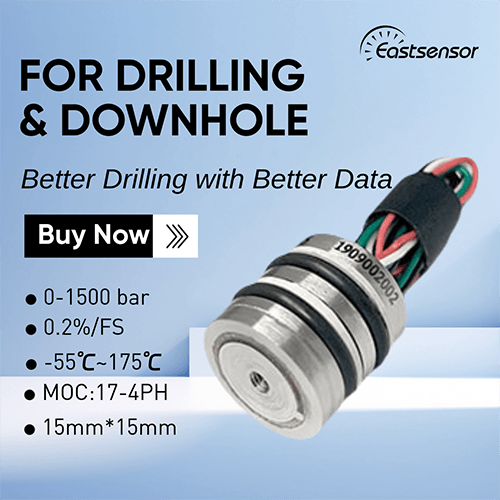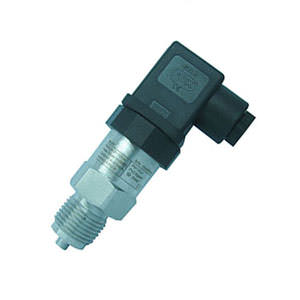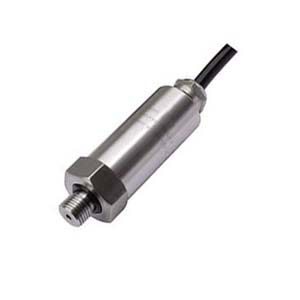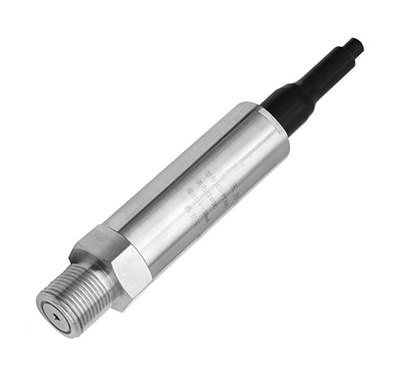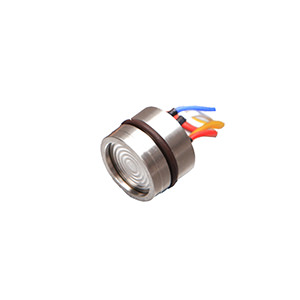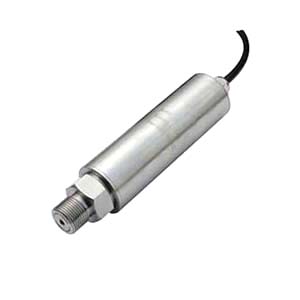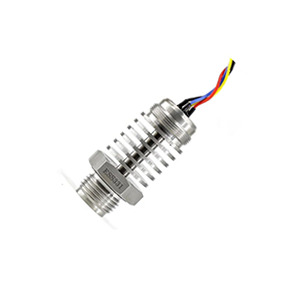Sensors for current world
Like the organs of human being, sensor are key instruments in securing information, and therefore, play a significant role in industrial production, defense construction and in the field of science and technology.
However, in recent years, the development of sensor, is far behind the rapid development of computer, the brain.
And automation and intelligentialize in measuring and control system are setting higher demands for sensing, which require not only higher accuracy, reliability, and stability, but also a certain abilities of data processing, self-test, self-calibration, and self-compensation.
Traditional one, which is referred as dumbsensor by some insiders, can hardly meet these requirements. It was when the smart sensing enters the market.
The research of smart sensing across the world focuses in the field of science and technology, combining the technology of microcomputer and sensing, allowing the sensor to make full use of the computing and storage capacity of computer to process the data acquired. Generally speaking, a smart sensor features the following functions:
- Self-compensation ability
- Self-calibration function
- Self-diagnostic function
- Data-processing function
- Two-way communication function
- Information storage and memory functions
- Digital output function
Statistics show that the market size of sensor in the US in 2007 was US$235 million, and grew at a compound annual growth rate of 30% in the following years. Global Sensor Market is expected to garner $241 billion by 2022, registering a CAGR of 11.3 % during the forecast period 2016 – 2022.
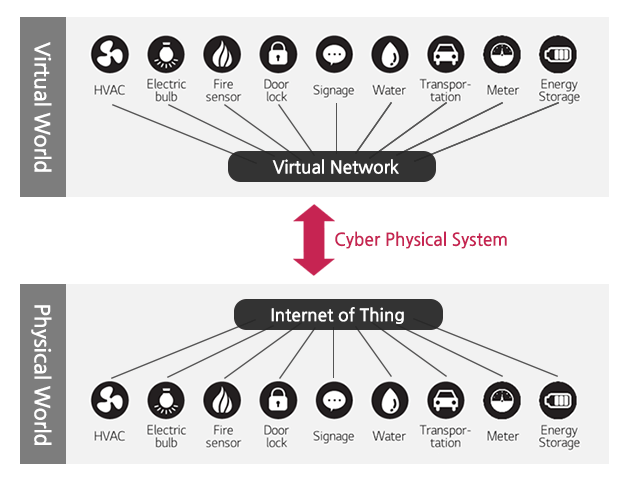
Sensing element is a device that detects physical input such as light, heat, motion, moisture, pressure, or any other entity, and responds by producing an output on a display or transmits the information in electronic form for further processing. The Sensing element find their applications various industries such as electronics, IT & telecommunication, automotive and healthcare among others.
In the current scenario, smart grid, smart homes, smart water networks, intelligent transportation are infrastructure systems that connect our world are trending. These systems are assembled through the use of sensor, and the entire physical infrastructure is closely coupled with information and communication technologies.
Intelligent monitoring and management can be achieved via the usage of networked embedded systems, in which devices are interconnected to transmit useful measurement information and control instructions via distributed sensor networks.
Industry 4.0
The demand for sensor is globally expected to rise during the forecast period due to growing trend of internet of things (IoT) and industry 4.0, advancement in consumer electronic products, increasing usage of sensor in smartphones, and robust demand in automation industry. Moreover, surge in the automotive sector and growing demand of wearable devices open opportunities in the market.
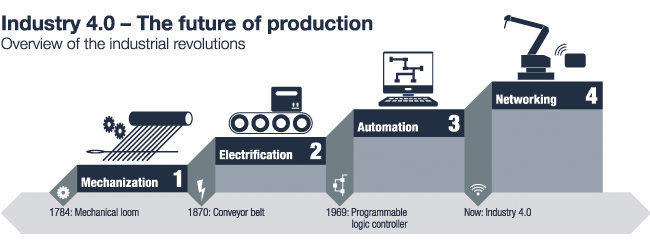
The demand for sensor is expected to surge due to heavy investments on the R&D by many key players, including STMicroelectronics, Qualcomm Technologies, Inc., Sony Corporation, and others, leading to the improvement in sensing quality and efficiency.
For instance, in October 2016, STMicroelectronics and HMicro together launched a single-chip product HC1100 for clinical-grade, disposable smart patches and biosensor. These smart patches and biosensor are especially designed for wired wearable devices such as vital sign monitoring and electrocardiogram.
The growing need of these devices is anticipated to fuel up the demand in overall sensor market.
Pressure Sensors
By providing accurate and reliable pressure measurements, pressure sensors have become indispensable components in a wide range of industries and applications, driving innovation, improving efficiency, and enhancing safety across various sectors. Their widespread adoption and integration have truly rocked the world, enabling advancements that have transformed countless aspects of modern life.
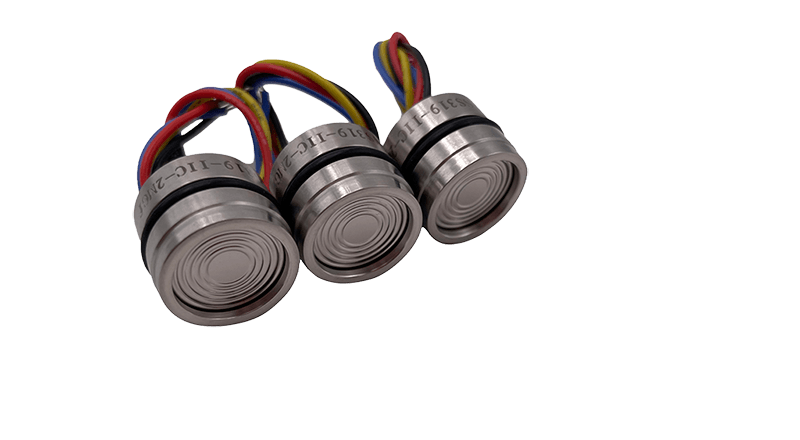
Automotive Industry
In modern vehicles, pressure sensors play a crucial role in monitoring tire pressure. For instance, a Tire Pressure Monitoring System (TPMS) uses pressure sensors to measure the air pressure in each tire. If the pressure falls below a certain threshold, typically around 25% below the recommended pressure, the sensor triggers a warning light on the dashboard, alerting the driver to take action. This simple yet effective system improves fuel efficiency, enhances safety, and extends tire life.
Check more details: Automobile Pressure Sensor Applications
Industrial Automation
Pressure sensors are essential in hydraulic and pneumatic systems used in factories and manufacturing plants. For example, in a hydraulic press used for metal forming, pressure sensors monitor the hydraulic fluid pressure, ensuring it remains within the optimal range (typically 2,000-5,000 psi) for efficient and safe operation. Too high pressure could lead to component failure, while too low pressure may result in insufficient force for the forming process.
Medical Devices
In respiratory therapy, pressure sensors are used in ventilators and continuous positive airway pressure (CPAP) machines to monitor and regulate the air pressure delivered to patients. For instance, in a CPAP machine, the pressure sensor maintains the air pressure between 4-20 cmH2O (centimeters of water), a range essential for keeping the airway open and improving breathing for patients with sleep apnea.
Check more details: Medical Pressure Sensor Applications
Environmental Monitoring
Weather stations rely on pressure sensors to measure atmospheric pressure, a crucial parameter for weather forecasting. For example, a barometric pressure sensor with an accuracy of ±0.3 hPa (hectopascals) can detect subtle changes in air pressure, enabling meteorologists to predict the formation and movement of weather systems accurately.
Oil and Gas Industry
Downhole pressure sensors are used in oil and gas exploration and production to measure the pressure within the well during drilling operations. These sensors can withstand extreme temperatures (up to 200°C) and pressures (up to 30,000 psi), providing critical data for optimizing drilling processes and ensuring safe operations.
Consumer Electronics
In modern smartphones and wearable devices, pressure sensors are used for altitude tracking, gesture recognition, and even blood pressure monitoring. For instance, a pressure sensor with a range of 300-1100 hPa and an accuracy of ±1 hPa can reliably measure altitude changes, enabling fitness trackers to calculate data like elevation gain during hikes or climbs.
The Future of Sensor
The future of sensors, including pressure sensors, is poised to be innovative, advanced, and deeply integrated into various aspects of our lives.
Miniaturization and Integration
Sensor technology will continue to shrink in size, enabling their integration into even smaller devices and systems. For instance, MEMS (Micro-Electro-Mechanical Systems) pressure sensors, currently used in smartphones and wearables, are expected to become even smaller, with dimensions in the micrometer range, while maintaining high accuracy (e.g., ±0.1% full-scale) and wide pressure ranges (up to 10 bar).
Wireless and IoT (Internet of Things) Connectivity
Sensors will increasingly feature wireless communication capabilities, enabling seamless integration into the Internet of Things (IoT) ecosystem. For example, wireless pressure sensors with built-in Bluetooth or Wi-Fi connectivity could be used to monitor tire pressures remotely, sending real-time data to a smartphone app or vehicle diagnostics system, eliminating the need for manual checks.
Energy Efficiency and Self-Powering
Advancements in energy harvesting and ultra-low-power electronics will lead to the development of self-powered sensors that can operate for extended periods without external power sources. For instance, pressure sensors in remote locations, like pipelines or offshore platforms, could be powered by energy harvested from vibrations, temperature gradients, or even the measured pressure itself, reducing maintenance costs and environmental impact.
Multi-Sensor Integration
Future sensors will often combine multiple sensing capabilities into a single device, enabling the measurement of multiple parameters simultaneously. For example, a single sensor module could measure pressure, temperature, humidity, and even gas concentrations, providing comprehensive environmental data for various applications, such as climate monitoring, industrial processes, or indoor air quality control.
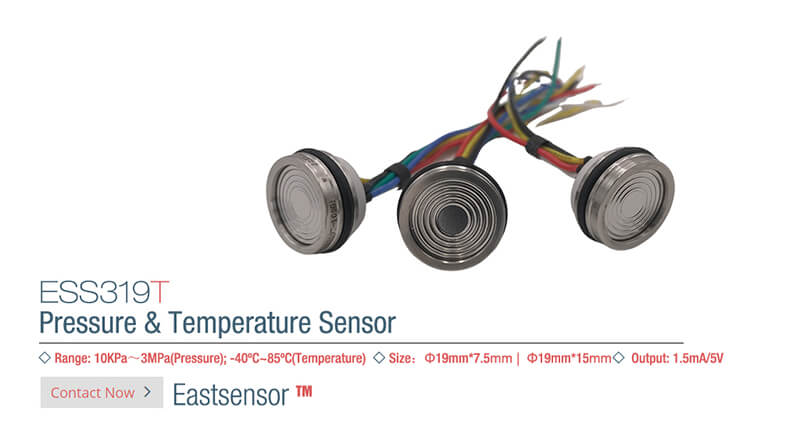
Artificial Intelligence (AI) and Machine Learning (ML)
Sensors will increasingly incorporate AI and ML algorithms, enabling advanced data processing, pattern recognition, and predictive analytics. For instance, a pressure sensor in a hydraulic system could use ML algorithms to detect anomalies in pressure patterns, predict potential failures, and trigger preventive maintenance alerts, improving system reliability and reducing downtime.
Biocompatible and Implantable Sensors
The healthcare industry will see a rise in biocompatible and implantable sensors for continuous monitoring of various physiological parameters. For example, miniature pressure sensors could be implanted in the body to monitor intracranial pressure, blood pressure, or intraocular pressure, providing valuable data for medical diagnosis and treatment.
As sensor technology continues to evolve, it will become more integrated, intelligent, and ubiquitous, revolutionizing how we interact with our environments, monitor critical processes, and make informed decisions across various industries and aspects of daily life.
Additional Posts which may be of interest
- What’s the role of smart sensors in Industry 4.0?
- Basic Knowledge You Need to Know about Pressure Gauge
- Pressure Switch V.S Pressure Transducer, what’s the difference?
- What is The Difference between Pressure Transducer and Pressure Transmitter?
- Pressure Sensor Technology Comparison
- 10 practices need to considerate before choosing pressure transducer

